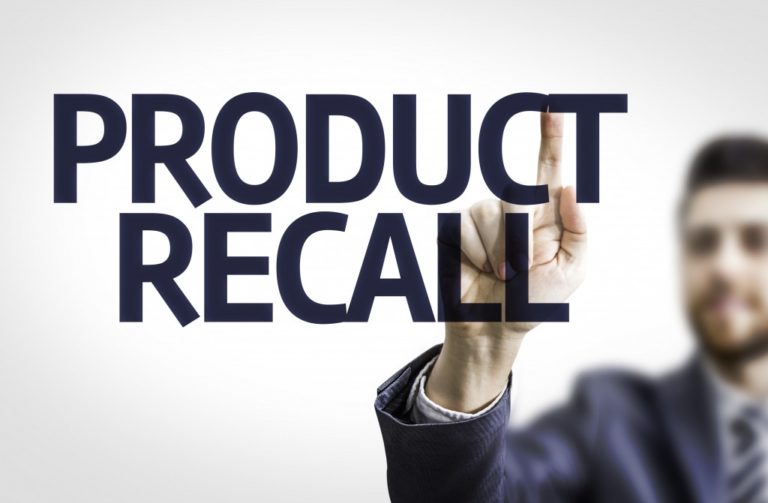Importance of Good Product Returns Management
Product returns are often seen by businesses as a loss; enterprises focus on the expenses incurred and the lost profit due to customers returning their products either for repair, replacement, or refund. While there is no doubt that there are considerable costs in the entire reverse logistics process, good returns management can actually cut losses and provide other business benefits.
Advantages of Product Returns
Believe it or not, there are certain benefits when your business practices good product returns management. For one, it enhances customer loyalty by showing customers that you actually care about customer satisfaction and delivering good quality products to them. As such, satisfied customers are more likely to continue doing business with your brand and also encourage their friends and family to do so — this eventually leads to better sales and income in the long run. Next would be improving sustainability through incorporating recycling processes in your returns management (more on that later). And lastly, it can improve your competitive edge in the market by offering what most companies don’t — good product returns policy and process. So, what are the ways to make the most out of product returns?
Analyze and Learn
One way to reap the advantages of good product returns is by figuring out the issues that cause returns and what you can do to eventually minimize these issues. For example, if a certain product model is frequently returned due to being defective, have your team inspect what exactly are the issues that cause the product to be defective — it may be a faulty component, an oversight in design, or possibly just poor packaging (which causes the product to sustain damage during transit). This way, you can further improve your products, enhance customer satisfaction and loyalty, and minimize future returns of the particular product.
Listen and Read
Similar to the previous point, you shouldn’t only focus on the product itself but also listen to customer feedback. Encourage customers to provide details with regards to the return and take note of them. Additionally, you should go beyond just the returns and see any comments or reviews regarding your product — you have to consider the fact that some dissatisfied customers actually don’t return the product, but some do post reviews on the product page or in social media. Take these comments and feedback into consideration to further improve your products.

Recycle and Innovate
Perhaps one of the best ways to take advantage of product returns is to disassemble and recycle reusable and functional parts of the products. For example, if a defective microwave is returned and is deemed beyond repair and replacing the unit is the only option, don’t throw it away; make it a point to salvage any reusable and functional parts that can be used in the manufacturing of the same or similar products, or even in making new products. This improves sustainability, reduces costs, and also inadvertently helps the environment by no longer needing fresh materials.
Use Returns Management Software and Technology
Take advantage of advances in modern technology to streamline and better manage your process. Use warranty management technology to make your repair process faster, more efficient, and less costly. You could even consider reverse logistics apps and software to help you and the customer track the status of their returns. The use of these reverse logistics and returns management software would save you time and money and lead to customer satisfaction by being able to quickly and efficiently address their concerns.
Conclusion
Reverse logistics and returns management should no longer be treated as an expense/loss or afterthought. Know that, with the right policies and practices, you can greatly benefit from product returns.




